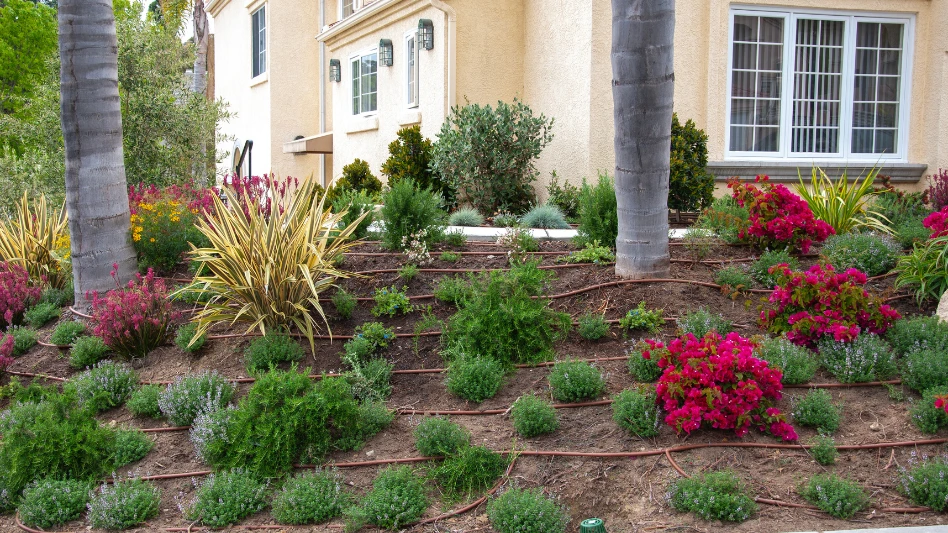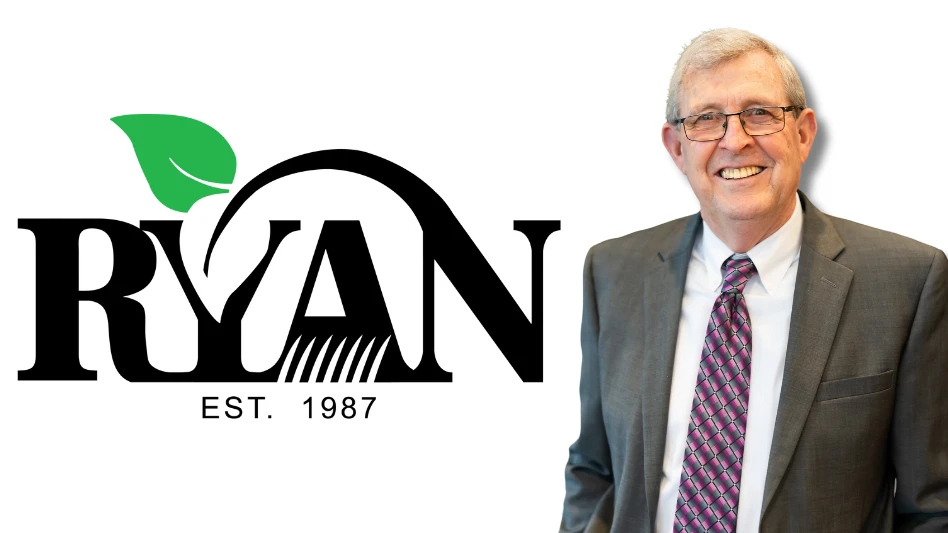
 These days, saying “we’re out there somewhere” isn’t enough. A web presence is as important to your bottom line as your physical presence in the community. Your website not only showcases what your business is about oline, but also has the ability to perform for you 24/7.
These days, saying “we’re out there somewhere” isn’t enough. A web presence is as important to your bottom line as your physical presence in the community. Your website not only showcases what your business is about oline, but also has the ability to perform for you 24/7.
An investment in your digital presence is important, but how do you get that hard work in front of your customers and prospects? A site that is search engine optimized shows up high in search engine results pages. If people have never heard about your business, they won’t trust you. Same thing online: If Google has never “heard” about your website, Google will think it’s not relevant and won’t make it findable in search engine results pages. How often do you look past the first page of results when you search?
To help get you to the top of the heap, we’ve put together a clear, ready-made three-month plan that you can implement yourself. But keep in mind that search engine optimization is just one part of an integrated marketeing plan (along with social media, marketing and networking) that will drive traffic, leads and sales.
This Week
1. Link with your partners. Get quality websites, related to your industry only, to link to your website. The easy way to do this is by having a web page where you list all the websites of partners you work with – think associations you’re a part of, chambers of commerce, the Better Business Bureau and other reputable companies you’ve done business with. Then, ask them to link back to your website. This establishes relevance and trust with search engines.
2. Register with local directories. When someone searches for “lawn care services,” under the paid ads, search engine results show local results by recognizing your computer’s IP address (where you are physically located). To be in those local results, submit your website to Google Places, Yahoo Local and Bing Local. Also submit your website to social networks for local businesses: Merchant Circle, Patch, Yellow Pages, CitySearch, Local.com, Yelp.com. On these websites, you can create a profile page of your company and include logo and website and why customers should use your services. Your business can appear high in search results with the profile page you create because these websites already have lots of web traffic and an established web presence.
3. Start a Google Analytics account. This is a free tool to know who clicks on your website, who your customers are, where they are located and what areas you need to concentrate on to reach more customers. You can also see how your website performs online and how much traffic you get from search engines.
This Month
1. Get social. Many times when you search something you see first the Facebook page of a business instead of that business’s website. That’s because Facebook and other social networks have web presence. So use Facebook, Twitter, Foursquare, Google+ and other social networks on a regular basis.
2. Set up a blog (and use it). A blog does no good if your last post was from six months ago. Post regularly and offer to write guest posts on other blogs in the industry. Most important, connect your website to your blog and to all the social network pages you create.
3. Get your homepage in order. Your homepage should have a clear and brief call to action telling the visitors what you can offer. This page needs to have a headline, a call to action, contact information and a logo. You have about 7 seconds to grab the viewer’s attention and convince them to keep clicking.
4. Update other pages on your site. Search engines love new, relevant content. Educate visitors on your main site about your business and services, your role in the community or any current promotions. Don’t forget to include pictures.
This Quarter
1. Optimize your pages with keywords. Pick a keyword or two for each webpage and include those keywords within that page. A page talking about landscape design should have “landscape design” in the URL (e.g.: www.yourcompanyname.com/landscape-design). Use this formula: headline, sub-headline, body text.
2. Review your metatags. A metatag is a line of code in the background of a webpage. Search engines look at the metatags to learn about the webpage and provide users with a specific search experience. They’re used in the description you see on the results page after you do a search. It’s important to have accurate metatags because they’re the keys to get a high position in search results.
The author is an SEO associate for Lawn & Landscape.
|
The man behind the curtain We got the head of home services at Google to reveal how the search giant works with contractors. Here’s his advice for landscapers looking to rank high. By Drew Mitchell
Just like in other industries, Google has a team dedicated to helping landscape operators make the web work for them. From ads to mobile, it is increasingly important for service providers to utilize the web to win moments that matter by connecting with homeowners online. With the busy lawn and landscape season underway, we thought it would be helpful to share four tips to help you win customers and grow your business online. Be found. When it comes to understanding what your customers are doing online, lawn care operators can do themselves a favor by putting their business in the direct line of a customer’s vision. That means “being there” and visible on the web. Consumer numbers support a multi-pronged approach. Since 2007, there has been a 180% increase in the number of gardening and landscape related searches on Google with homeowners looking to buy services earlier every year. With this year’s early spring, consumers went online as early as January to research lawn and landscape solutions. That’s why it’s important to have an “always on” search presence, even during your perceived “off’ season. Be mobile. It is increasingly clear that the home services business is quickly becoming a mobile-first industry – simply because the nature of the business is conducive for people searching on the go. In the past four months, almost 40% of all landscape-related searches on Google came from a mobile device versus half of that (21%) during the same period last year. At some point, we’ll see more searches on mobile than other platforms. Be local. The growth of mobile means that consumers are looking for local solutions. One in three searches on Google from mobile devices are of local intent and 51% have called a business after searching on a smartphone1. That makes local ad tools even more critical as operators can target nearby customers more carefully. All season long, operators can target their marketing by location – where the customers are located – and hone in on a particular ZIP code, community or even neighborhood. When homeowners search for “spring clean up,” landscape professionals can engage with a specific set of customers in a particular area with a customized offer or ad. Be social. While getting involved with social media is not a new tip for landscapers, our team at Google continues to stress that it’s crucial in today’s marketplace – and something that needs to evolve over time. The most effective social activities aren’t ones that simply announce deals or offerings, but engage with customers. While social media may be daunting to independent operators, landscape firms should start with what they know, and then work toward other platforms. Running cable TV spots? Then video is a natural transition. Homeowners are also watching videos to understand their lawn and landscape issues. The number of landscape-related searches on YouTube have increased 66% since 2009. Plus, YouTube is a wealth of “how to” info with 1 out of every 5 videos on YouTube being “how to” related.2 We are seeing consumers not only watching “how to” videos, but also sharing them through Twitter and Facebook. |

Explore the June 2012 Issue
Check out more from this issue and find your next story to read.
Latest from Lawn & Landscape
- LMN partners with Attentive.ai
- Get to know the generations working for you
- Addressing addiction in landscaping
- Fairway expands national footprint with 6 acquisitions
- Graze Robotics opens new headquarters in Plano, Texas
- Addiction in the green industry
- Kress earns Sourcewell approval
- The best laid plans





